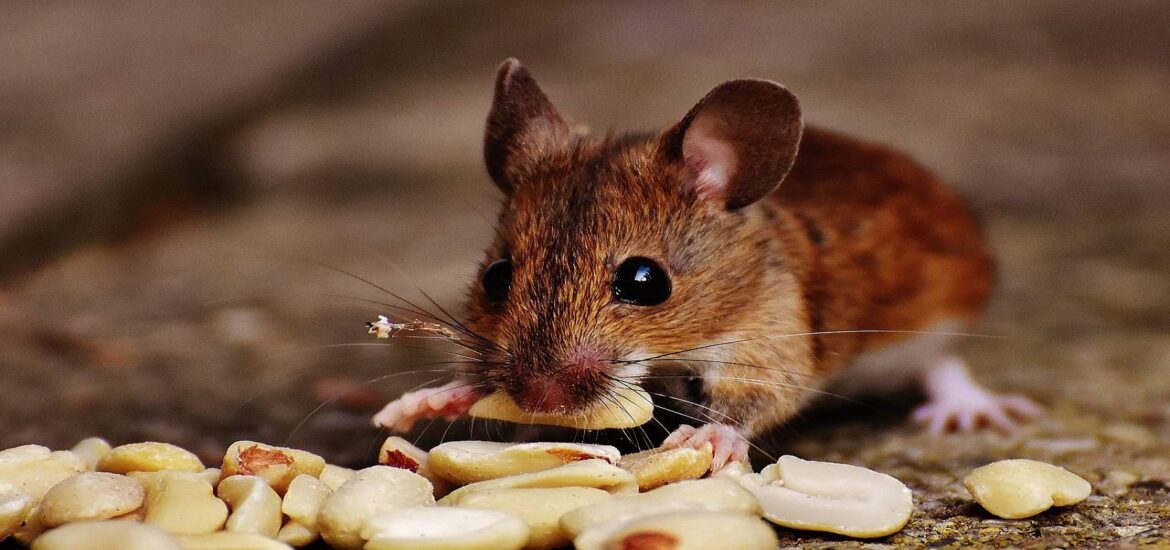Many animal appendages, such as avian beaks and mammalian ears, can be used to dissipate excess body heat.

Photo: Pixabay/Alexas_Fotos
As the climate changes, so do warm-blooded animals. Warmer temperatures are causing numerous species to try and stay cooler through various evolutionary adaptations: larger ears, larger beaks, longer legs.
“[A]nimals also have to adapt to these [climatic] changes, but this is occurring over a far shorter timescale than would have occurred through most of evolutionary time,” explains Sara Ryding, a researcher at Deakin University in Australia who describes these adaptative changes in a new paper.
“The climate change that we have created is heaping a whole lot of pressure on them, and while some species will adapt, others will not,” Ryding warns.
As part of their thermoregulation, warn-blooded animals adapted to warmer climates have larger appendages in a phenomenon known as “Allen’s rule,” which was first formulated by American zoologist Joel Asaph Allen in 1877 and states that climate influences the length and shape of animals bodies and appendages.
Warmer climates tend to produce slender long-limbed creatures, whose morphology enables them to stay cool more effeciently, whereas colder climates prefer animals that are stockier and have shorter limbs, which allows them to retain body heat better. Now, in the face of rising temperatures, several species are “shape-shifting” over the generations to sport longer limbs and larger appendages, Ryding notes.
“Many animal appendages, such as avian beaks and mammalian ears, can be used to dissipate excess body heat,” she writes. “We find that there is widespread evidence of ‘shapeshifting’ (changes in appendage size) in endotherms in response to climate change and its associated climatic warming.”
These morphological changes have been taking place observably for a century among a wide range of species across across vast geographical areas, the scientist says.
The trend has especially been noticeable among birds such as species of Australian parrots that have on average increased the size of their beaks by 4% to 10% since 1871, round about the time Allen’s rule was first postulated. However, species of mammals such as wood mice and masked shrews, too, have longer tails and legs than they used to do.
“The increases in appendage size we see so far are quite small — less than 10% — so the changes are unlikely to be immediately noticeable,” Ryding says. “However, prominent appendages such as ears are predicted to increase — so we might end up with a live-action Dumbo in the not-so-distant future.”
However, this morphological trend may not bode well for many animal species as the climate keeps warming in coming decades.
“Shapeshifting does not mean that animals are coping with climate change and that all is ‘fine,'” Ryding stresses. “It just means they are evolving to survive it — but we’re not sure what the other ecological consequences of these changes are, or indeed that all species are capable of changing and surviving.”
https://news.google.com/__i/rss/rd/articles/CBMidmh0dHBzOi8vd3d3LnN1c3RhaW5hYmlsaXR5LXRpbWVzLmNvbS9lbnZpcm9ubWVudGFsLXByb3RlY3Rpb24vYW5pbWFscy1hcmUtc2hhcGVzaGlmdGluZy1pbi10aGUtZmFjZS1vZi1jbGltYXRlLWNoYW5nZS_SAQA?oc=5
2021-09-13 04:27:37Z
52781877595660
Tidak ada komentar:
Posting Komentar